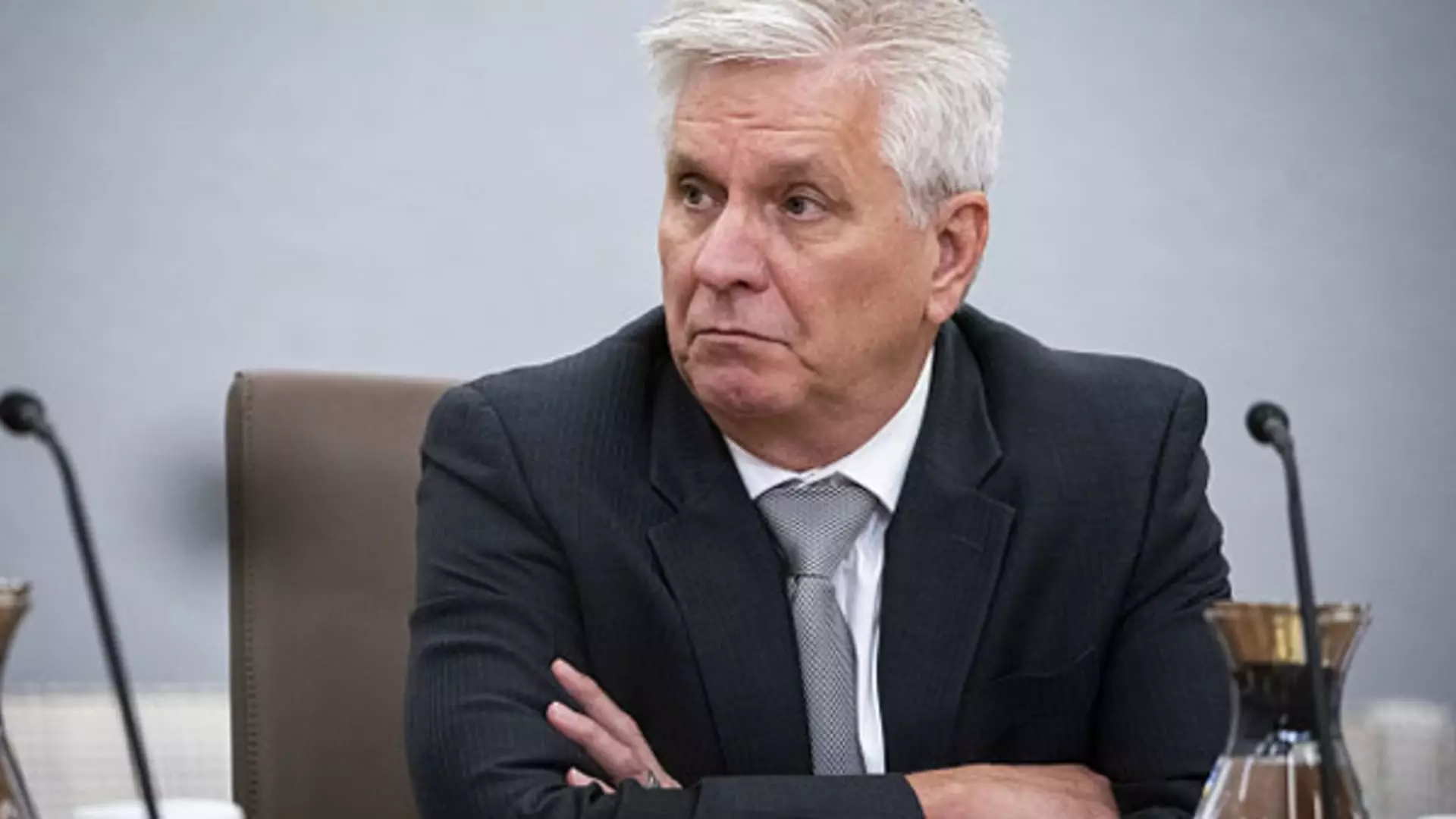As the economic landscape evolves, Federal Reserve Governor Christopher Waller has made it clear that future interest rate cuts will likely proceed with increased caution compared to previous actions taken in September. His recent statements highlight a keen awareness of the prevailing economic indicators, suggesting a need for careful consideration rather than hasty decisions. This commentary underscores an important pivot in monetary policy, reflecting a complex interplay of economic signals.
In his remarks delivered at Stanford University, Waller pointed to various economic reports detailing employment figures, inflation rates, GDP growth, and income levels. He noted the possibility that the economy is not cooling off as much as policymakers would prefer, indicating a “hotter-than-desired” economic condition. This assertion is both illuminating and concerning, as it suggests that the previous approach to interest rate adjustments may need re-evaluation. His message emphasizes a balanced response to data, urging the Federal Open Market Committee (FOMC) to adopt a more tempered strategy.
Historically, the Federal Reserve has been cautious in its approach to adjusting interest rates. The significant decision to lower rates by 50 basis points in September was unusual and marked by an urgency typically reserved for economic crises. This ‘big move,’ as it was referred to, contrasts sharply with the traditional practice of making more incremental changes of 25 basis points. Waller’s comments suggest that while aggressive cuts were warranted then, the path forward requires a more restrained outlook as economic indicators hint at resilience rather than decline.
Waller’s analysis draws attention to the recent mixed signals from key economic data points. While September witnessed robust job growth following a summer slump, inflation rates slightly outpaced expectations, and GDP growth remained strong. Moreover, the Commerce Department’s final revision of second-quarter growth showcased a notable increase in gross domestic income, which ascended by 3.4%—a figure revised upwards by 2.1 percentage points. These adjustments paint a picture of an economy that may be faring better than earlier assessments had suggested.
Despite some optimistic signs, Waller maintains a cautious outlook on interest rate cuts moving forward. He emphasized that any changes should be gradual over the coming year rather than reactive or drastic. The potential for another half percentage point adjustment in late 2024 and subsequent cuts in 2025 reflects an awareness of the delicate balance required in monetary policy. This strategic deliberation aims to navigate through potential uncertainties while ensuring the economy does not overheat.
Governor Christopher Waller’s insights provide a thoughtful framework for understanding the trajectory of monetary policy in a complex economic environment. As the Federal Reserve navigates these waters, the emphasis on caution highlights the challenges faced by policymakers. With a mixture of optimistic data and concerns over inflation, Waller’s perspective serves as a reminder of the intricate balancing act required to guide the economy toward stability in the future.

